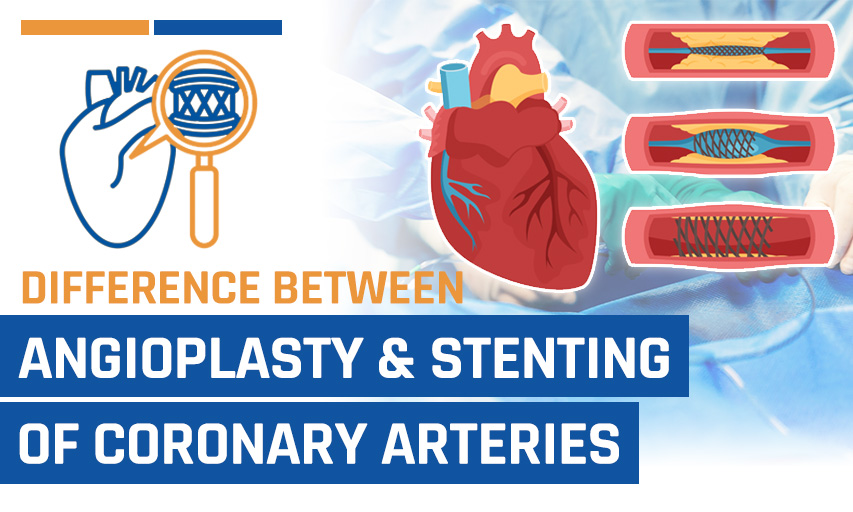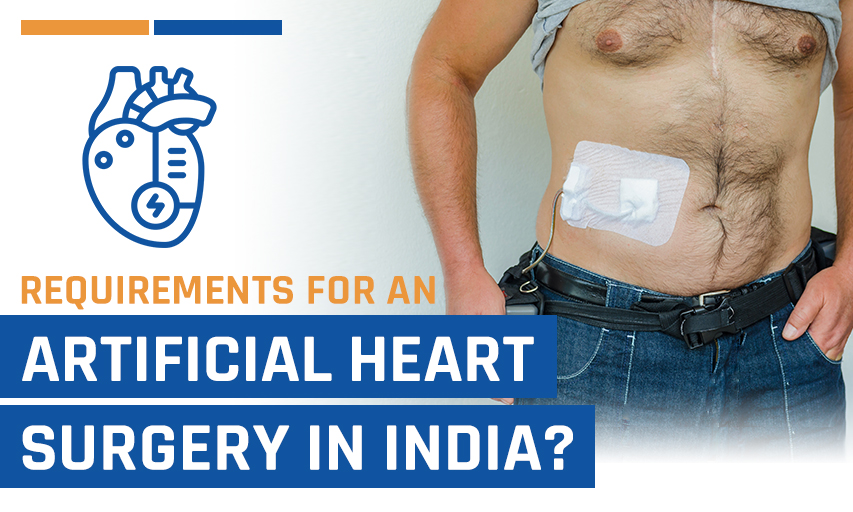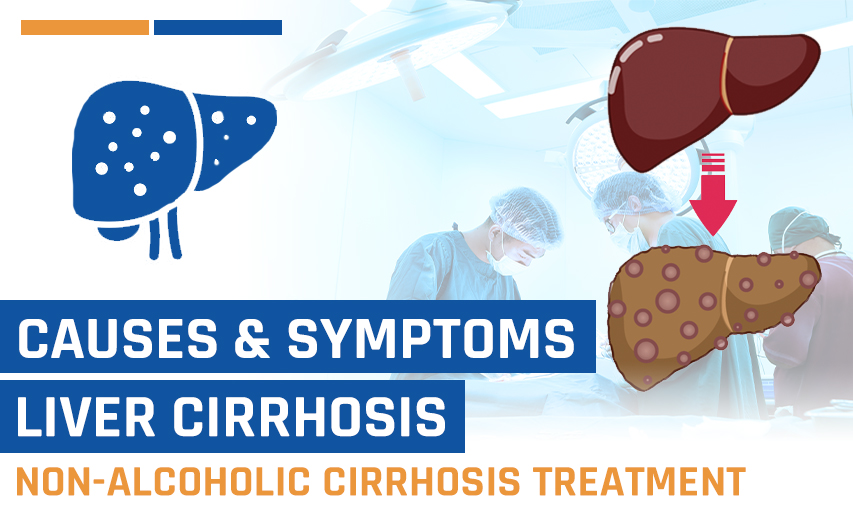What is the Difference Between Angioplasty and Stenting of Coronary Arteries?
Cardiovascular diseases, which include coronary artery disease (CAD), continue to be the leading cause of mortality throughout the world. It is a condition in which plaque is deposited in the coronary arteries, which transport oxygen-rich blood to the heart muscles. The blockage of these arteries then results in a condition called atherosclerosis.
Over the past few years, India appears to have become one of the first choices for medical tourists who require high-quality heart-related treatments at affordable costs in countries like Russia. Here, both the equipment of high technology and highly trained experts are available for affordable costs. Thus, India has gained its superiority for cardiac surgeries, especially heart bypass surgery and angioplasty and stenting of coronary arteries.
Coronary artery interventions, such as angioplasty procedures and stenting, are common treatment methods for partial or complete blockages in the coronary arteries. These procedures are often performed together to restore blood flow. This makes it essential for both patients and healthcare providers to understand the differences that pertain to each of them. Read this blog to figure out the difference between angioplasty vs stent procedures.
What is the Difference Between Coronary Angioplasty and Stenting of Coronary Arteries?
The coronary angioplasty procedure involves the insertion of a long, thin tube called a catheter into a blood vessel, which is then guided to the blocked coronary artery. At the tip of the catheter is a small balloon, which is inflated once it reaches the narrowed portion of the artery. This inflation pushes the plaque or blood clot against the walls of the artery, which widens it and restores blood flow.
On the other hand, stenting involves the placement of a small mesh tube called a stent into the coronary artery. Once the stent is inserted, tissue gradually grows over it, forming a natural covering, similar to how skin heals over a wound. This process usually takes between three months and a year, depending on whether the stent is coated with a drug. After the stent is placed, you may be prescribed medications to help thin the blood and prevent platelets from clumping together. Platelets are blood cells that form clots to prevent bleeding, but in this context, they can contribute to blockages. Your doctor will give you detailed instructions on which medications to take and for how long.
What is the Difference in the Cost of Coronary Angioplasty and Stenting of Coronary Arteries in India?
The price of angioplasty and stenting of coronary arteries in India varies on several factors, which could include the type of medical institution, the medical healthcare requirements of the patient, or the kind of stents that are used that differ in price.
Coronary Angioplasty Surgery Cost in India
In India, typical angioplasty costs around $4,000 with CureIndia. This variation depends on the nature of the hospital infrastructure, the working ability of surgeons, and various other medical conditions of a patient.
Cost of Stenting of Coronary Arteries
Every stent implanted during an angioplasty or stenting for the proper blood flow to coronary arteries costs according to the studied types of it:
- Bare Metal Stent (BMS): The term specifically pertains to uncoated stents and hence usually costs in the vicinity of $670.
- Drug-Eluting Stents (DES): Usually coated with drugs so as to decrease the risk of restenosis, these generally cost much more than shown above, around $1,800.
| Treatment Name | Cost in India |
|---|---|
| Coronary Angioplasty Surgery Cost in India | $4,000 |
| Stenting of Coronary Arteries Cost in India | $670 - $1,800 |
Angioplasty vs. Stenting of Coronary Arteries: Which is More Effective?
Both processes are equally effective but which one will be more suitable depends upon several things, such as the person's age, his budget, to what extent the heart is damaged, etc.
If you have a clogged artery in your neck, legs, or heart, you might need a stent to keep the blood flowing and prevent severe complications. Now, let us discuss stents. Stents are thin tubes that are inserted to keep an artery, blood vessel, or duct (such as one that transports urine) open.
Stents are typically implanted for an everlasting period. Most stents are made of a mesh-like structure consisting of plastic or metal. Fabric stent grafts are often used in larger arteries. There are various disorders treated by stents in arteries as well as other organs.
On the other hand, angioplasty is done to reopen the narrowed or blocked blood vessels, especially those in the tissues of the heart. The blood vessels are called coronary arteries; a coronary artery stent is a tiny metal mesh tube you place inside a coronary artery.
What are the post-surgery programmes to take after Angioplasty and Stenting of Coronary Arteries?
Although there are quite a lot of differences between angioplasty and stenting of coronary arteries, the post-surgery care is the same. Both processes need an equal amount of nursing, and the patient needs to be kept under strict invigilation. Any form of irregularity or symptom is to be reported to the doctor.
Basic nursing includes maintaining the diet, keeping the incision area clean and medicated, doing light exercises, getting enrolled in post-operative rehabilitation centers if needed, etc.
Engaging in rehabilitation programmes is among the most effective ways to regain strength. Programs for cardiac rehabilitation are offered at CUMC, both inpatient and outpatient. For cardiac rehabilitation and post-discharge care, we can also refer patients to other home healthcare organisations if necessary. Be sure to discuss these options with your physician and social worker.
Apart from these, one of the best types of exercise that is beneficial in practically every situation is walking.
The appropriateness varies depending on several factors, including your walking speed, daily distance travelled, and the reason you walk.
The general idea is to take plenty of fluids, like soups or drinks, and to limit your salt and sugar intake. This technique is a suitable prescription for speeding recovery after open-heart surgery.
In the initial weeks, always keep a set of scales at home and note any changes in your weight. If you notice an increase of two or more pounds over a short period, say three days, inform your doctor, as this could mean your heart is not pumping effectively again.
Why India for Coronary Angioplasty and Stenting of Coronary Arteries?
Understanding the differences between angioplasty and stenting is important. Angioplasty is performed to open a narrowed artery, while stenting ensures the artery remains open for the long term. For Russian patients requiring reliable and cost-effective solutions for angioplasty and stenting of coronary arteries, India remains a top choice. India offers world-class medical care at a fraction of the cost compared to Western countries, making it one of the best places for those in need of advanced cardiac treatments.




















Be First To Comment
Leave a Comment